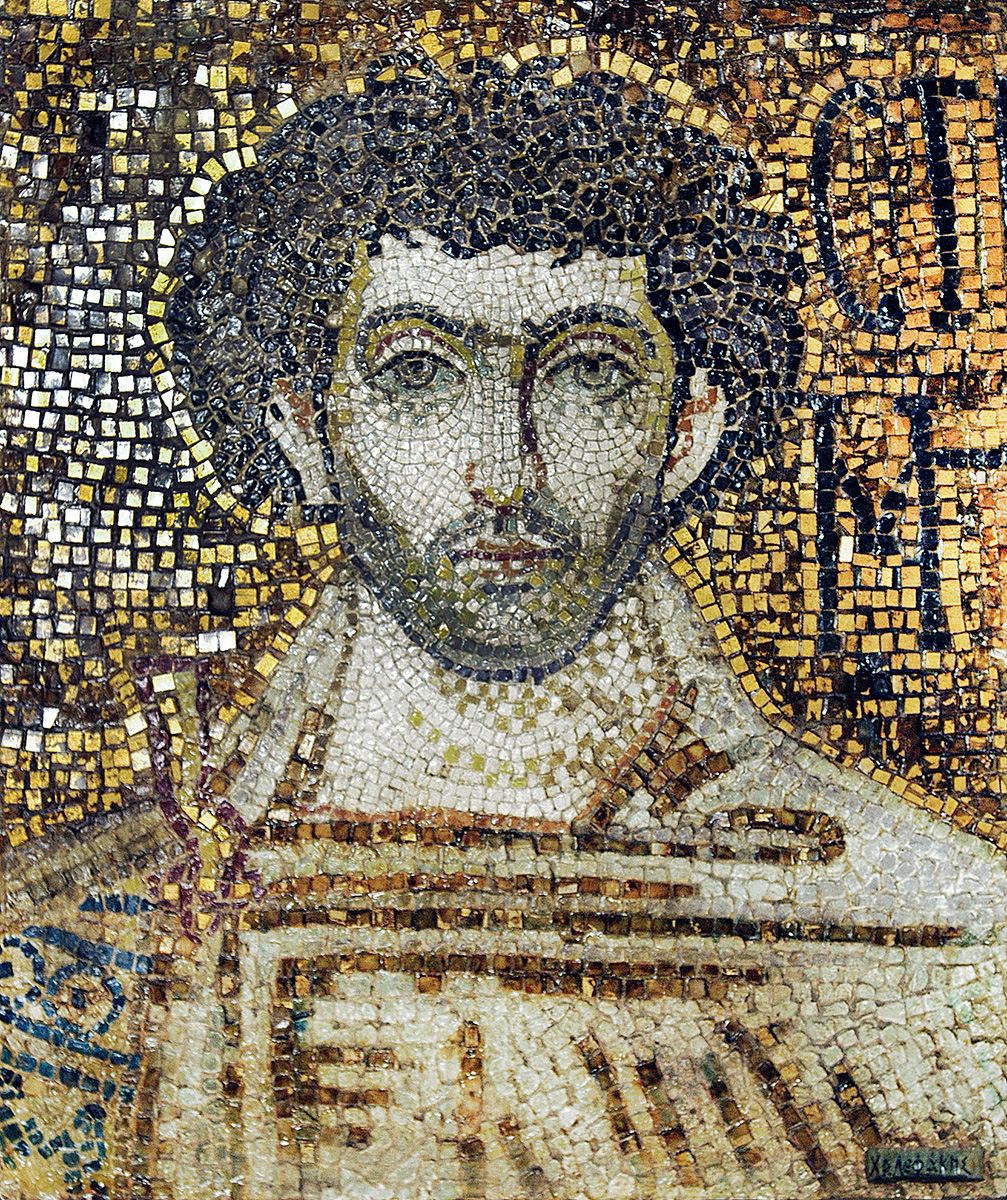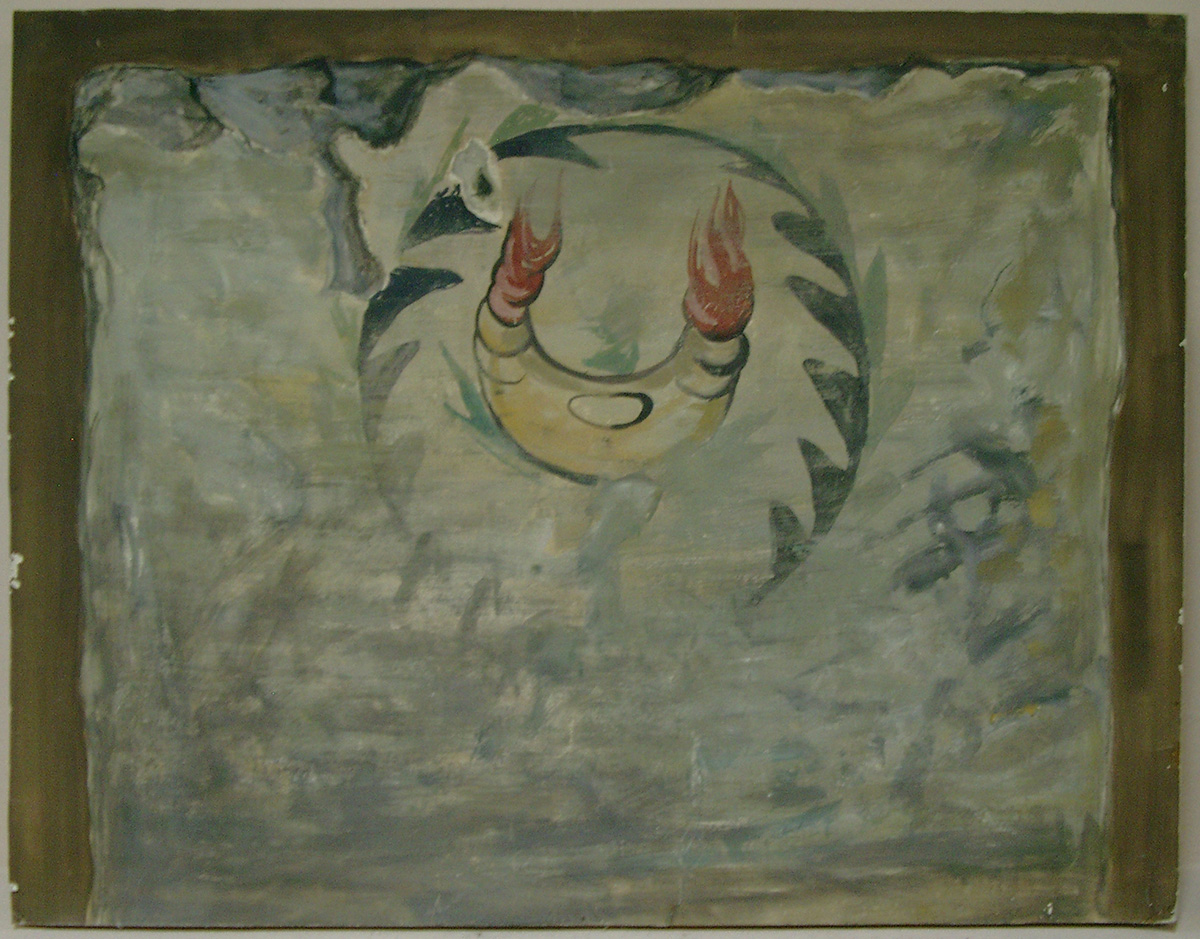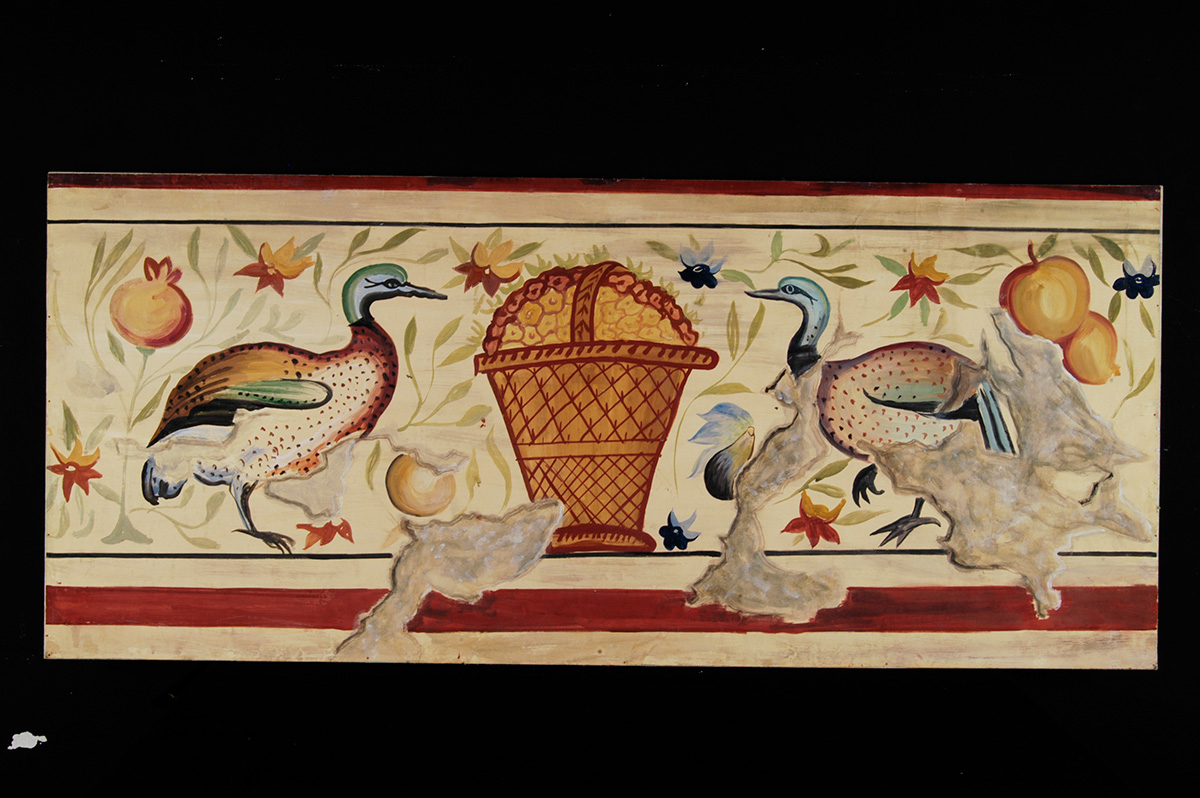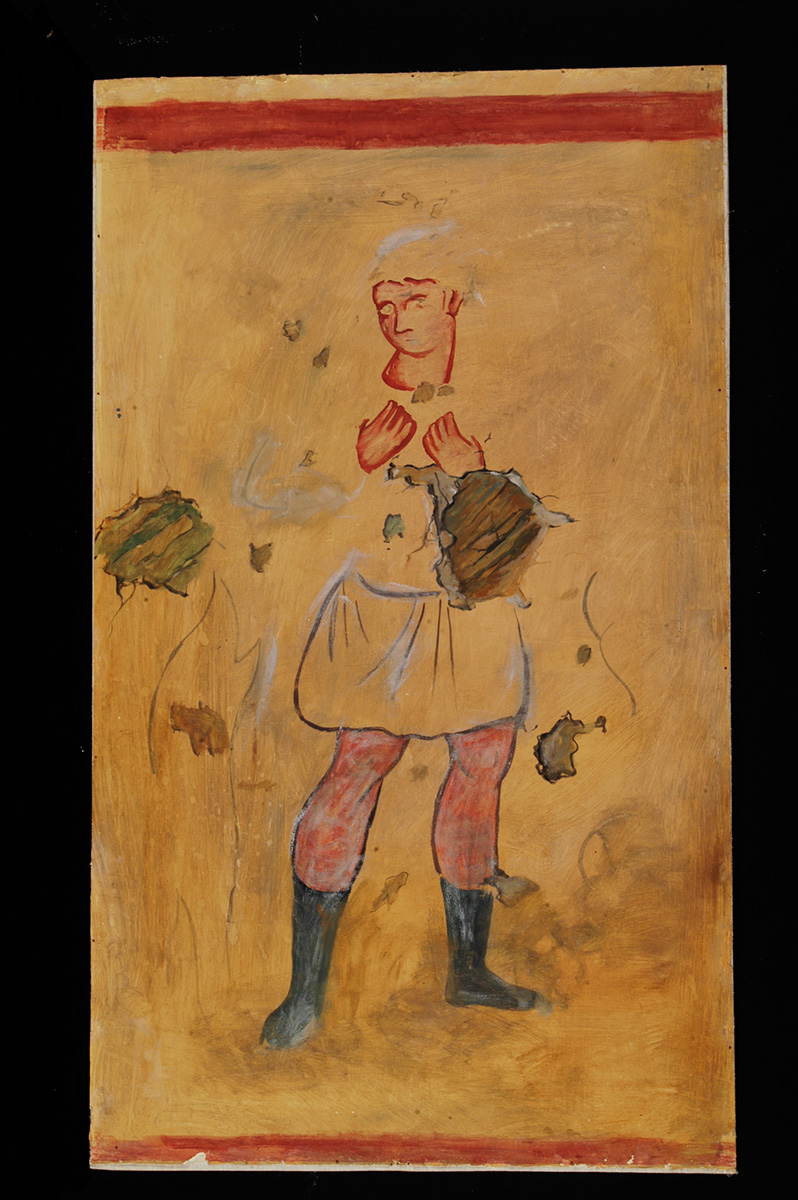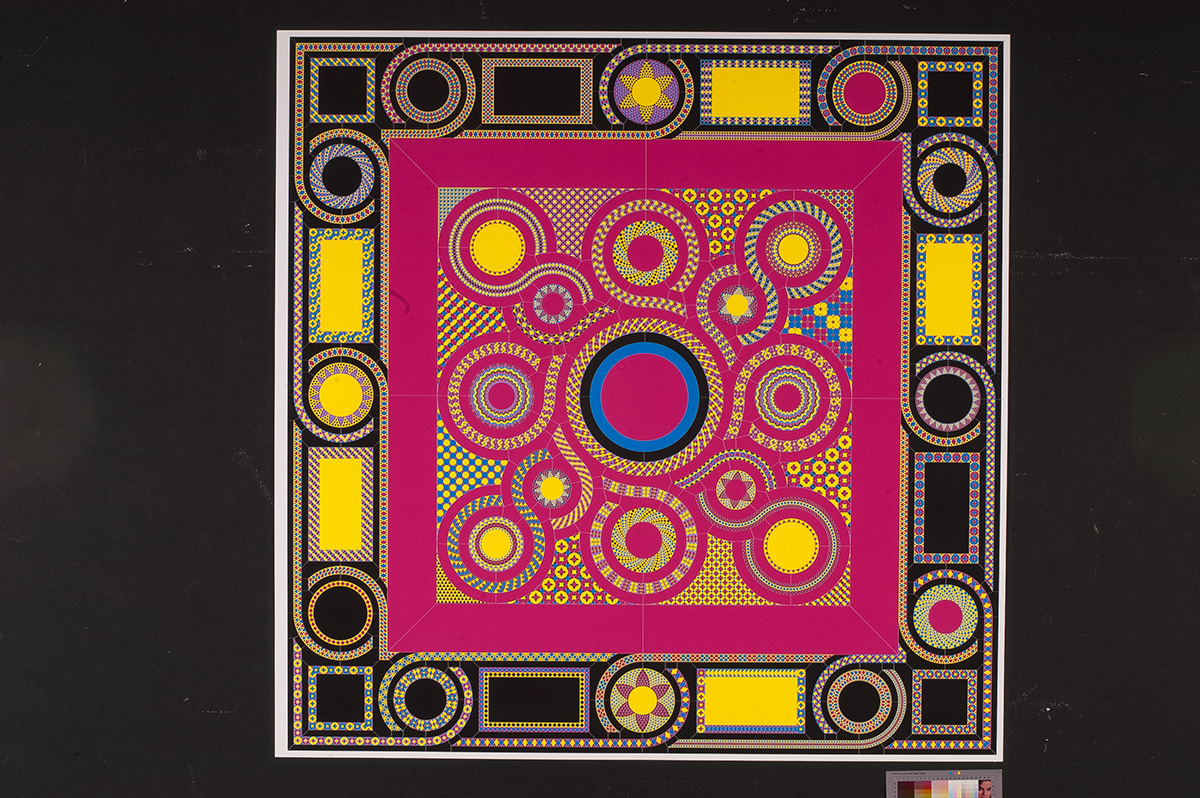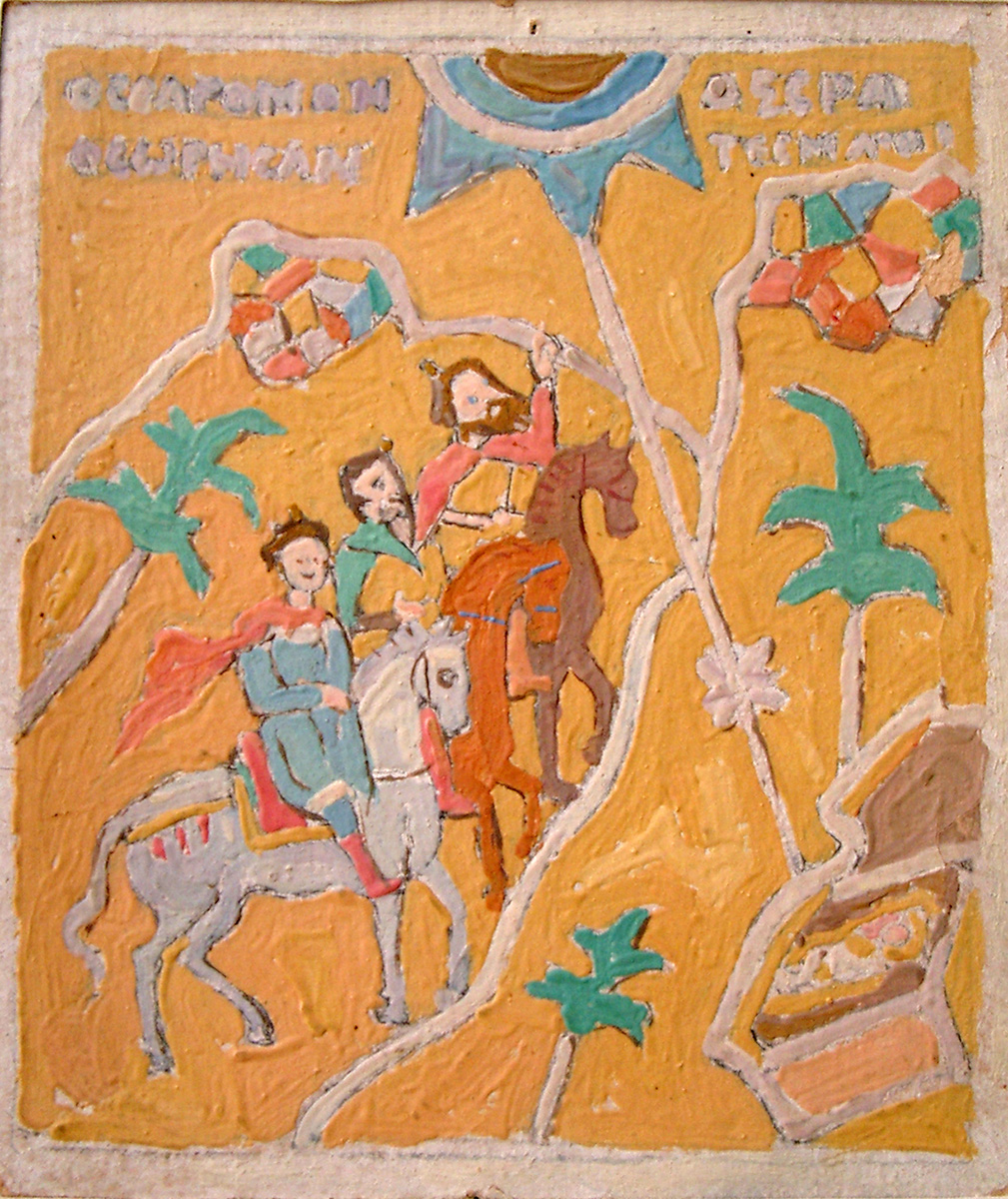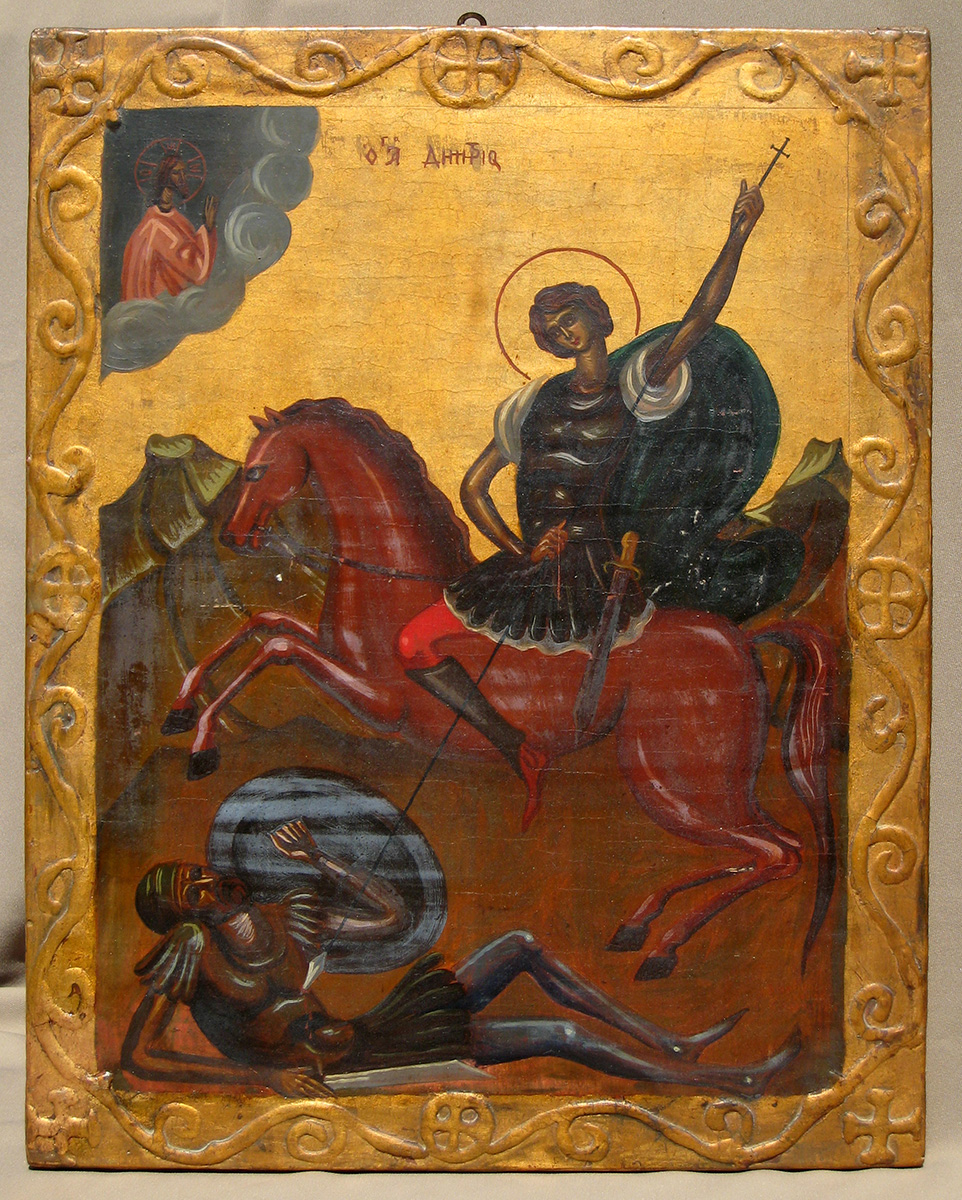Latest Projects
Limited in number but quite interesting, the collection of modern and contemporary artworks of the Museum of Byzantine Culture comprises works of artists that were influenced by Byzantine or Christian Art.
Of special interest is the artwork Horarion by Spyros Papaloukas. The work was donated to the Museum by the artist’s daughter Mina. The work consists of twenty-two (22) oil-paintings on cardboard. In them the artist has depicted scenes from the Akathist Hymn made in 1923-1924, in the framework of the artist’s itinerary to Mount Athos, which he had visited accompanied by the writer Stratis Doukas. Its model has been the scenes from the horarion (liturgical vestment for the deacon) of the Head Priest Dorotheos (16th century), held at the Stavronikita Monastery.
The collection also comprises two icons by Polycletos Rengos, an artist who was influenced by both modernism and the Byzantine art.
The contemporary art production is represented in the collection by Nikos Alexiou and the works that the artist has donated to the Museum in 2008. These digital prints on paper were part of the installation titled “The End”, the official participation of Greece at the 52nd Venice Biennial in 2007; an updated version of the installation was presented at the Museum of Byzantine Culture. The central motif of the installation, which also appears in the works of the Museum, draws from the mosaic floor of the Iveron Monastery on Mount Athos (first half of 11th century).
In this same section there is also the collection of copies of the Museum of Byzantine Culture, which numbers more than 50 copies and replicas of Early Christian and Byzantine mural paintings, mosaics and sculptures.
A significant part of the collection consists of works by Christos Lefakis, an artist who is considered among the main representatives of abstraction in painting in Greece. Lefakis used to work as art consultant and designer at the Archaeological Service, making replicas of murals and mosaics. In 1953, in the framework of the 9th International Conference of Byzantine Studies, he was commissioned to make replicas of the mural and mosaic decoration of several Byzantine monuments. Of special importance are the mosaic replicas of Saints that decorate the Roman Rotunda (late 4th century). Lefakis’ original method of copying the mosaics was awarded a scholarship by the Italian state (1953-4), for studying conservation techniques for frescoes and icons.
The copies of the frescoes Lefakis made from the Early Christian tombs are of exceptional significance. These came to light during the city’s restructure in the 1950s. As the detachment of the murals was not possible at that time, after being copied by Lefakis, the frescoes were earthed up again.



